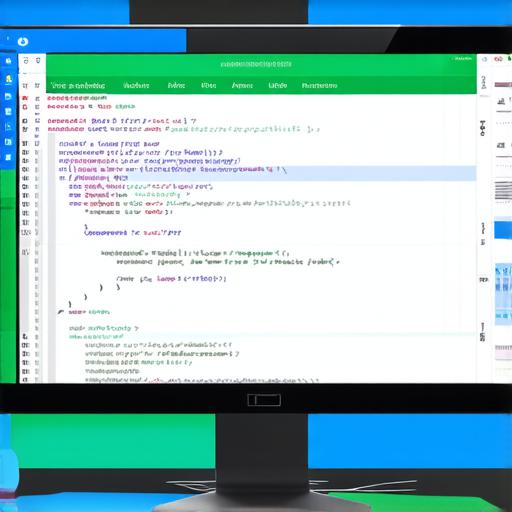In the dynamic world of web design, understanding your roles and responsibilities is crucial for success. Here’s an insightful guide that will help you navigate this exciting field.
The Grand Stage: Your Role as a Web Designer
As a web designer, you are the architect of digital experiences. You create visually appealing, user-friendly websites that captivate audiences and drive engagement.
Building the Foundation: Understanding User Experience (UX) and User Interface (UI)
The foundation of your work lies in understanding UX and UI. UX focuses on creating seamless, enjoyable experiences for users, while UI is about designing the look and feel of the website. Balancing these two aspects is key to a successful design.
The Blueprint: Planning and Strategy
Before you start sketching designs, you need a solid plan. This involves understanding client needs, conducting research, and defining goals. A well-planned project sets the stage for a successful outcome.
The Sketchbook: Designing and Prototyping
With your blueprint in hand, it’s time to start sketching. This is where you bring your ideas to life through design and prototyping. Remember, a good design isn’t just aesthetically pleasing; it’s intuitive, easy to navigate, and visually consistent.
The Construction Site: Coding and Development
Once the design is approved, it’s time for construction. This involves coding and development, where you bring your designs to life on the web. It’s essential to ensure that your creation is responsive, accessible, and optimized for speed.
The Finishing Touches: Testing and Launch
Before unveiling your masterpiece, it needs a final polish. This involves testing for usability issues, ensuring cross-browser compatibility, and optimizing for search engines. Once everything is in order, it’s time to launch!
The Grand Finale: Maintenance and Updates
Your work doesn’t end with the launch. Regular maintenance and updates are crucial to keep your website running smoothly and staying relevant. This includes fixing bugs, updating content, and optimizing for new technologies.

FAQs:
1. What skills do I need to be a web designer?
Design skills, coding skills, understanding of UX/UI principles, and knowledge of SEO are essential.
2. How can I improve my web design skills?
Continuous learning, practicing design principles, experimenting with new tools, and staying updated with industry trends are key to improving your


